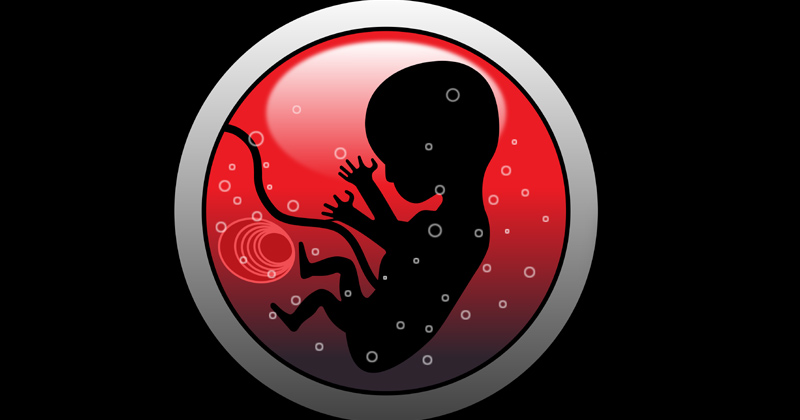In the past decade, the process to store umbilical cord blood has been consistently advertised. As a result, every expecting parent is eager to store the cord blood for securing a healthy future for their child. However, there are many unclear questions about storing it like what is umbilical cord blood and why to store it. Let’s help you understand more about it.

What is Umbilical Cord Blood?
There are millions of stem cells in your baby’s bloodstream. After the umbilical cord has been removed, a remnant of this stem cell-rich blood remains in the umbilical cord and can be removed and stored when a child is born. The extraction is simple, safe, painless and without risk for mother and child. The UCB has enormous potential. The stem cells from the umbilical cord are available for a lifetime and can support the reparation processes for a lifetime.
What is so Peculiar About Umbilical Cord Blood?
Stem cells present in the UCB are unique. The child’s own stem cells match perfectly in all tissue characteristics at any age. They are as unique as a fingerprint and as individual as their personality.
Umbilical cord blood stem cells are young. Neonatal stem cells are free from ageing and environmental impairments. They are unencumbered, vital, and usually free of viruses and bacteria. UCB stem cells are flexible. Due to their high development potential, they can develop into a variety of cell types.
The UCB of a newborn contains innumerable hard-working, potent, and vital stem cells. For nine months, they let the new person emerge from a small cell. And later they help him keep the body’s repair mechanism going for a lifetime.
Umbilical cord blood stem cells are the raw material of a newborn, with which doctors will soon fight diseases that have previously been difficult to treat. Stem cells are the beacon of hope in medicine. Storing the UCB can, therefore, be a wise investment in your child’s health. If you keep your child’s UCB in a stem cell depot, you can be sure that the stem cells will be available for life as a precaution. They are there if your child needs them as a therapy option.
Suggested Read: Home Exercises For Pregnant Women According to Every Trimester
How are Umbilical Cord Blood Stem Cells Obtained?
The collection of umbilical cord blood is simple and completely harmless for mother and child. The new parents rarely notice the process of obtaining stem cells. After birth, the umbilical cord is punctured to obtain the stem cell-rich blood.
The blood obtained also contains stem cells for connective tissue, blood vessels, and other previously less researched components. The number of blood-forming stem cells is particularly high so that the UCB is also used to treat blood abnormalities, to stimulate blood formation after chemotherapy, and to treat leukemia.
Where are Umbilical Cord Blood Stem Cells Used?
Stem cells from umbilical cord blood have already been successfully used in over 80 diseases. The UCB is used in the treatment of adolescent diabetes, child brain damage and blood formation disorders like aplastic anemia, as well as in the correction and regeneration of the immune system in the case of immune defects. In many cases, however, only the transmission of healthy stem cells from a third-party donor can give some patients hope for a new life.

A very important prerequisite for stem cell transmission, however, is the almost 100% match of the tissue characteristics between donor and patient. Umbilical cord blood stem cells can help other people suffering from diseases where their own stem cells do not function properly or are displaced by cancer cells like in blood cancer and other life-threatening diseases.
How are Stem Cells From UCB Stored?
Stem cells from the umbilical cord blood are Cryopreserved, I.e. frozen at approx. -180 ° C with liquid nitrogen. The UCB stem cells do not age and retain their vital properties. They are best suited for the child’s body from which they are obtained as the tissue characteristics match 100 percent. To put it simply, there are no reactions like during blood transfusion, which is a great advantage, especially for regenerative medicine. Once stored, the UCB stem cells can also help sick siblings. New therapies and areas of application are being tested worldwide in clinical studies of stem cells.
Young stem cell sources are always the most efficient, which is why broken bones or wounds heal much faster in children than in older people. The older a person gets, the vitality of the stem cells in the body decreases. As a result, our self-healing powers also depreciate.
The latest studies show that certain age-related diseases such as arteriosclerosis only appear when the stem cells have become too old. This means that repair and regeneration processes can no longer be initiated. In the case of dementia, replacement fabrics such as new nerve cells are no longer formed. All of these reasons speak in favor of using stem cells that are as young and agile as possible.
Suggested Read: Pregnancy And Stretch Marks
UCB stem cells have another advantage. Unlike stem cells obtained later, like from the bone marrow, the UCB stem cells have not yet suffered any damage from diseases and mutations. They are also usually free of viruses and bacteria.
*UCB – Umbilical Cord Blood


